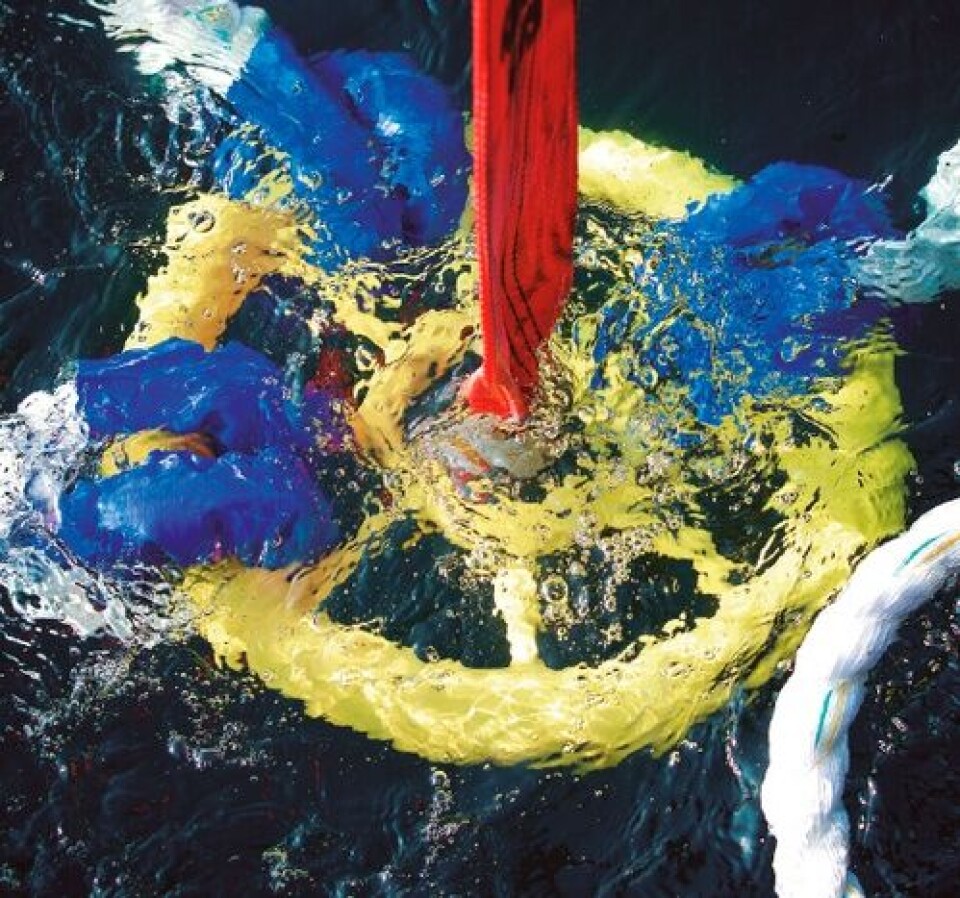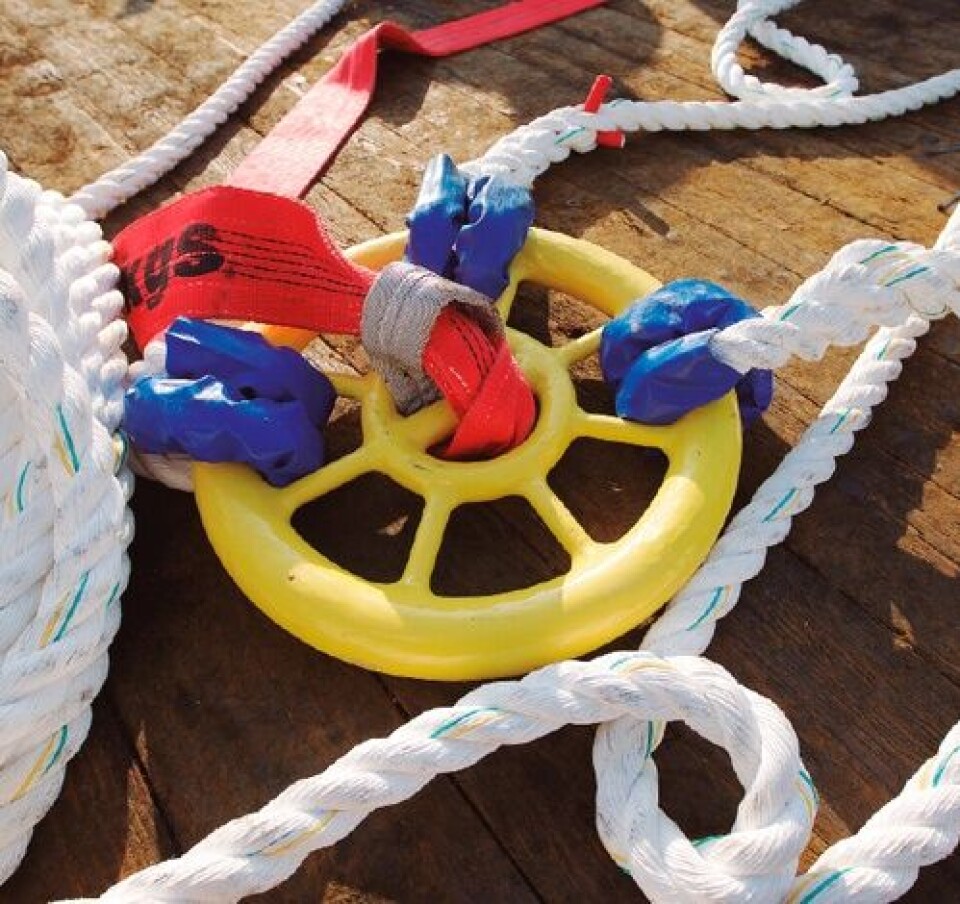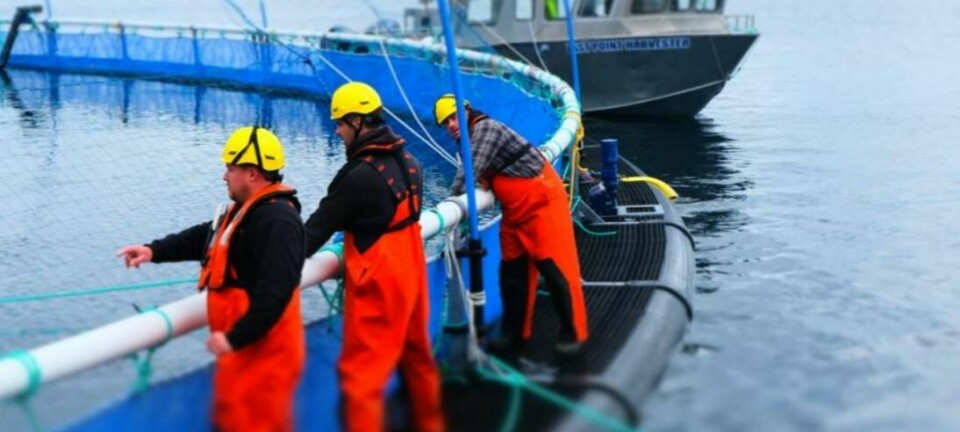New mooring link deployed
Designed for use with rope, slings or chain (using fibre connectors), SeaQure Link combines critical ballast for the grid with ease of deployment and in-service management. The thought process behind the node was that it should: allow connection of fibres (rope or sling); be capable of providing a securing point for fibre slings in a ‘choke’ position; be cast to provide high strength; and be able to take a minimum of 60T tensile force. Using Lloyd’s approved testing and manufacturing the SeaQure Link achieved a minimum breaking load of 185T and, when correctly specified, can be used as part of a NS9415 grid system. The material specification of the link gives high tensile strength to the cast steel construction and is heat treated to add surface hardness. Controls on the surface finish in critical areas are in place from the start of the manufacturing process to ensure that a clean, smooth finish is in place to reduce surface abrasion. The link is then galvanised for corrosion resistance with a final epoxy powder coat applied in bright yellow to increase visibility below the surface. Overseeing the deployment at Loch Duart was Gael Force Moorings Manager, Lawrie Stove, who commented: “We’re very pleased to be working with Loch Duart on this innovative system. SeaQure Link represents a step forward in mooring grid performance and integrity”. The system was pre-rigged and assembled beforehand by Gael Force in Inverness. Once ready it was then loaded into a container and shipped to the site. The 2 x 5 cage system was installed by Colin Bell of Seahorse Aquaculture. Owner and skipper of the MV Nitrox, the vessel used in the installation, Colin has many years’ experience in laying grid systems, and said he was impressed with how quick and easy the deployment went. “It was a very straightforward process,” he reflected, “as it was delivered in a container beforehand and we lifted the whole system onto the Nitrox. Once on site the grid was laid out on the deck, connected to the first set of anchors and from then it took just 30 minutes to lay the initial system”.























































